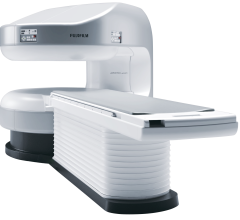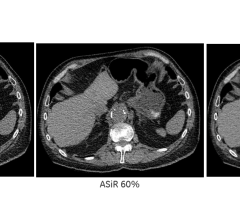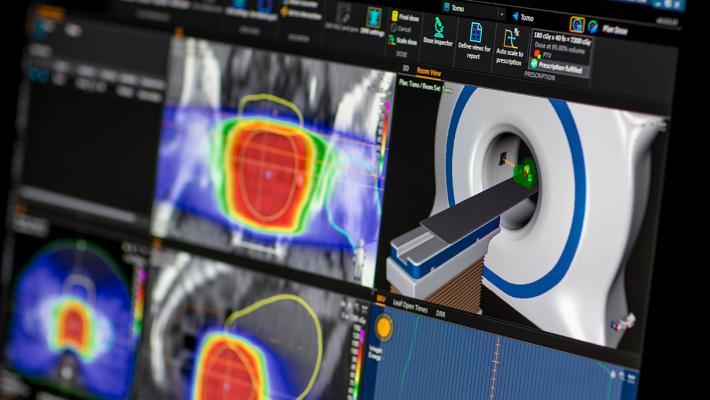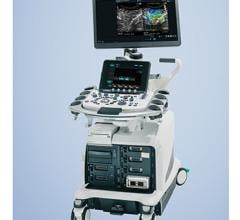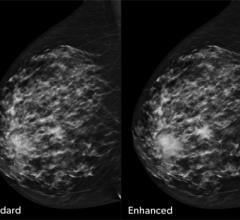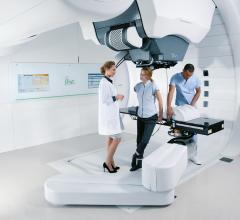Philips announced that it has received 510(k) clearance from the U.S. Food and Drug Administration (FDA) for its Ingenia Elition 3.0T magnetic resonance imaging (MRI) solution and two clinical applications, Philips Compressed Sense and 3D APT. This integrated suite of innovations enables clinicians to perform exams up to 50 percent faster [1], increase diagnostic confidence and improve the patient experience.
A combination of digital mammography and tomosynthesis detects 90 percent more breast cancers than digital mammography ...
June 5, 2018 — The U.S. Food and Drug Administration (FDA) has cleared the Biograph Vision, a new positron emission ...
Fujifilm’s APERTO Lucent is a 0.4T mid-field, open MRI system addressing today’s capability and image quality needs ...
What something does is more important than what it is. This is common knowledge in consumer electronics
Breast imaging technologies have evolved rapidly in the last two decades to help physicians detect breast cancers at an ...

SPONSORED CONTENT — Fujifilm’s latest CT technology brings exceptional image quality to a compact and user- and patient ...
Value-based care and patient satisfaction are top priorities of radiologists across the field, from imaging ...
SPONSORED CONTENT — Fujifilm’s latest CT technology brings exceptional image quality to a compact and user- and patient ...
The power to predict a cardiac arrest, support a clinical diagnosis or nudge a provider when it is time to issue ...
A regional image exchange system is saving lives and reducing radiology costs in Maryland by improving the efficiency ...
Sharon Gibbs, director of the radiology department at VCU Health in Richmond, Va., aims to provide quality, timely and efficient care. To do so, she must define, analyze and track the metrics and quality needs of her large care providing team, which consists of more than 40 faculty radiologists, over 200 technologists and numerous other stakeholders.
SPONSORED CONTENT — EnsightTM 2.0 is the newest version of Enlitic’s data standardization software framework. Ensight is ...
The PACS — picture archiving and communication systems — have been in existence for more than 45 years. One of the first was created in 1972 by Richard J. Steckel, M.D., and the large-scale introduction occurred 10 years later at the University of Kansas. In the early ’90s, U.K. physician Harold Glass, M.D., pioneered the use of PACS to transform London’s Hammersmith Hospital into the first filmless hospital in the United Kingdom.
Treatment planning systems are at the heart of radiation therapy (RT) systems and the key to improved patient outcomes ...
At SIIM 2018, Alexander J. Towbin, M.D., Radiologist, Department of Radiology and Medical Imaging, Neil D. Johnson Chair of Radiology Informatics, Associate Chief of Radiology Informatics, at Cincinnati Children’s Hospital, discusses the meaning of patient engagement and describes some of the patient engagement initiatives that that he has seen successfully implemented in various practices.
Did you know that approximately one-third of all the data in world is created by the healthcare industry and that ...
Nuclear imaging and its various modalities have long played an important role in the diagnosis and treatment of numerous ...
Last November, the U.S. Food and Drug Administration (FDA) issued a final guidance for medical imaging vendors on the ...
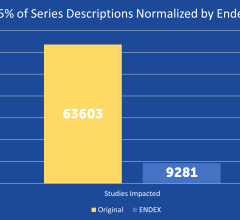
SPONSORED CONTENT — EnsightTM 2.0 is the newest version of Enlitic’s data standardization software framework. Ensight is ...
Recent studies show a rapid increase in patient radiation exposure mainly due to increased use of medical imaging ...
Imaging Technology News (ITN) is expanding its online conference coverage to help you benefit from information you may ...
Olympus, a global technology leader in designing and delivering innovative solutions for medical and surgical procedures ...
For smokers and former smokers, the threat of lung cancer always lurks in the shadows. To flush it out of the darkness ...
The U.S. Food and Drug Administration (FDA) is issuing a proposed order to reclassify certain radiological medical image analyzers, or computer-aided detection (CAD) devices, from class III to class II devices. This includes CAD devices for mammography breast cancer, ultrasound breast lesions and radiograph lung nodules.
Members of Beaumont Health’s proton therapy team presented research on a new treatment for patients with lung cancer at the recent European Society for Radiotherapy and Oncology (ESTRO) 37 Congress, April 20-24 in Barcelona, Spain.

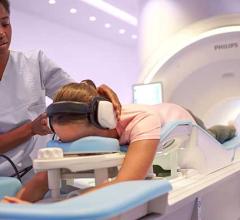
 June 07, 2018
June 07, 2018 


